

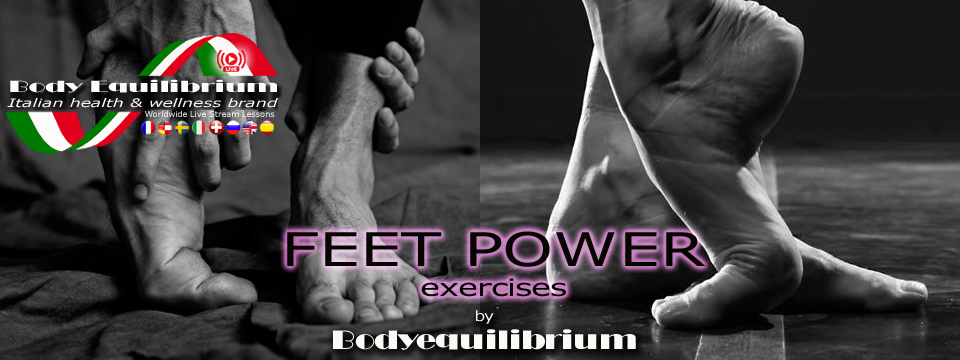


  
|
Lesson to strengthen the foot, ankle and legs.
|
|
Foot goes into Flex position, then extend into "pointe",
continue with "Plié and relevé They are just the
beginning of exercises that tone and strengthen the
foot, legs and buttocks. Academic dance exercises
develop muscles, tone skin and burn bodyfat.
|
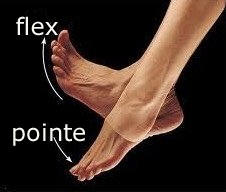 

|
The
duration of the lesson is 30 minutes
I will hold the lessons with a sequence I devised, drawing above all on the "classical dance" technique. The program includes specific exercises that involve strengthening the foot and ankle, as well as extending the foot.
|

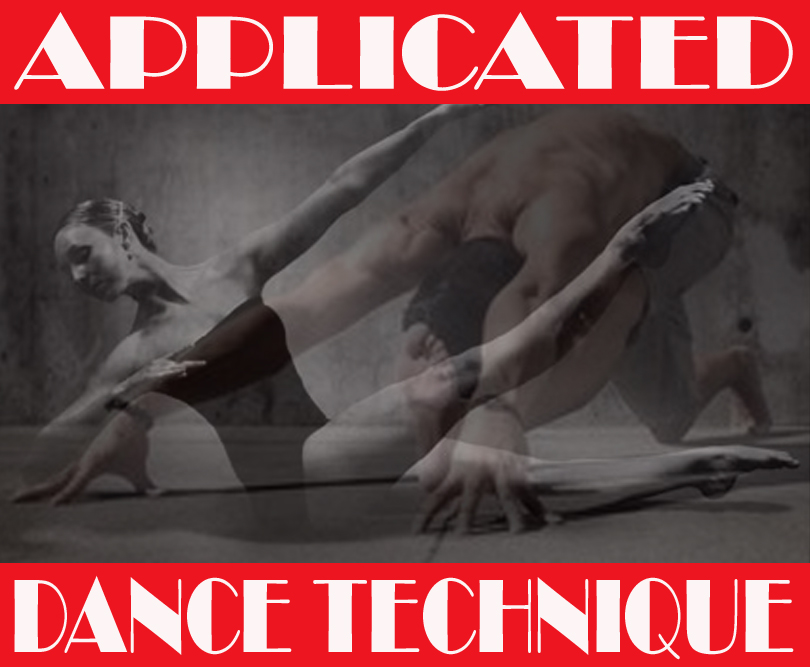
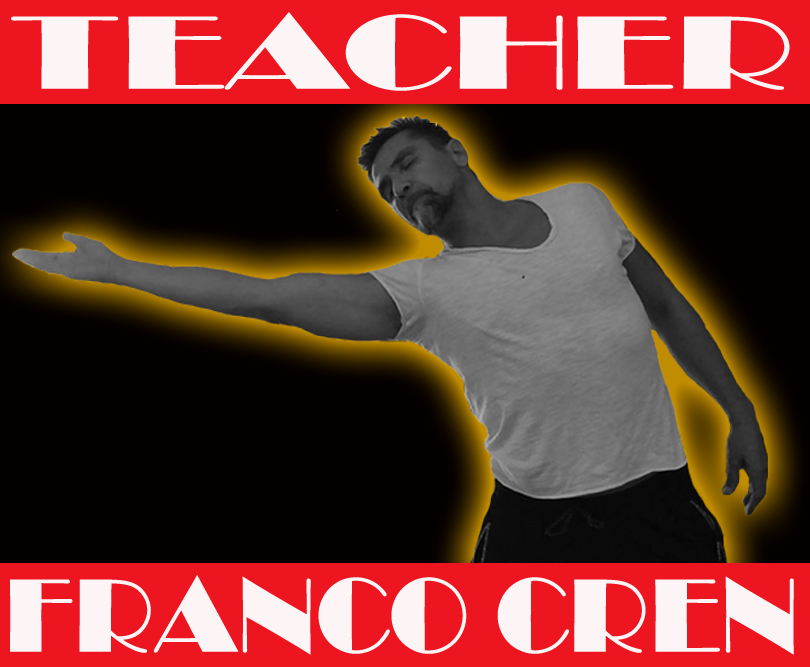



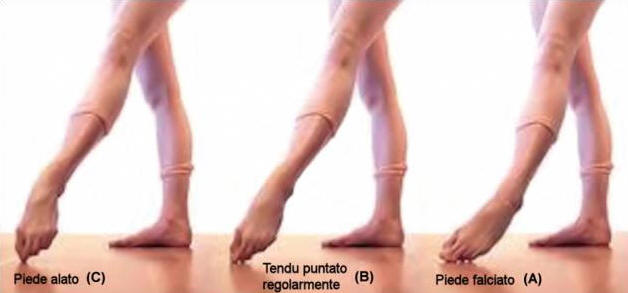
|
Specifically, the plié relevé consists of getting down on your legs by lifting your heels. The recommended positions for shaping thighs and buttocks are the first and second, respectively with the feet together but kept at an angle and with the legs apart. We descend, slowly, until we reach the levels of movement. As soon as you reach the middle of the exercise, your heels are raised: at the end, you remain in position for a few seconds and gradually rise. Strength training aimed at developing good flexibility is achieved through "dynamic strength" exercises which consist of high repetitions and low loads of movements carried out by the muscle district that you want to train with stretching and must always be performed to the maximum degree of opening granted by each single joint and in a slow way. This type of preparation is necessary to increase muscle endurance and the strength of the connective tissue associated with the muscle, reducing the risks of overtraining and any micro-injuries that could result from a reckless use of stretching exercises. It is also important, if not essential, to keep in mind that to get the best results from a stretching workout it is essential to respect a correct sequence in the exercises.Working the right muscles and acting on the right ones. joints, acting "in lengthening" on some anatomical structures in order to create space to allow a better degree of articular excursion. This will also improve the instep and certainly reduce the risk of muscle-tendon and bone diseases. We will therefore act on the muscles deep foot (tibialis, peroneal, flexors of the fingers, etc.), on the ankle-tarsal and on the joints below this, without excessive "forcing", but with a progressive, slow, deep work. The legs and Buttocks. After a few exercises of grands pliés, attements, ronds de jambe or dégagés, you will feel that your muscles will be stronger and you will see your legs more refined. yes, many dance exercises stretch the muscles and do not make them swell like other sports. You will thus have beautiful slender, toned and muscular legs, you will see drawn thighs, calves, buttocks and of course strong ankles and instep.
|

|
Result in the aesthetic aspect:
|
|
THE MOST SEXY PART OF A WOMAN is THE NECK OF THE FOOT, says the legendary photographer
Helmut Newton (1920 - 2004). Having the NECK OF THE FOOT very developed visually makes the leg more extended / longer. Your leg line will look even more beautiful if it ends with a nice extended foot and the instep is visible. The instep is located exactly where that group of bones that are located between the back of the foot and the ankle, at the base of the leg, resides. It is determined by the extension of a chain of joints, which start from the tibio-talar (ankle joint) to reach the interphalangeal joints. The extension of all these determines the characteristic shape of the toe foot.
|
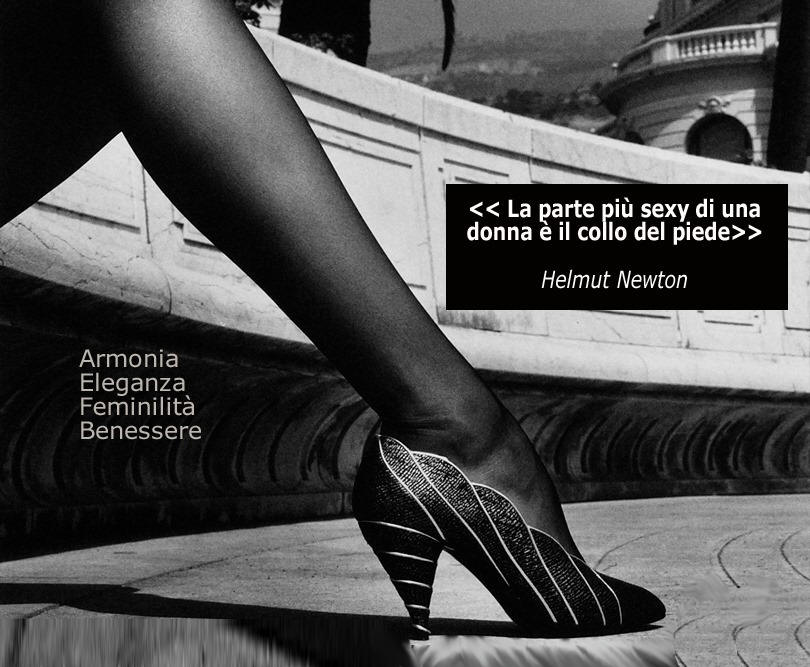
|
It now remains to say a few words on one question:
CAN I IMPROVE MY NECK OF THE FOOT EVEN IN ADULT AGE?
YES !. With the specific exercises of academic dance it is possible. Of course ... miracles cannot be done, but we can improve our current condition, by practicing adequate exercises, excellent results can be achieved with regard to foot extension. So, if you start practicing the specific exercises to strengthen and extend consistently, you always get a good result. By working the right muscles and acting on the right joints, acting "in lengthening" on some anatomical structures so as to create space to allow a better degree of articular excursion. This will improve the instep within certain limits but will certainly reduce the risk of muscle-tendon and bone pathologies. It is therefore necessary to act on the deep muscles of the foot (tibialis, peroneal, flexors of the fingers, etc.), on the ankle-tarsal and on the joints below this, without excessive "forcing", but with a progressive, slow, deep work.
|

|



